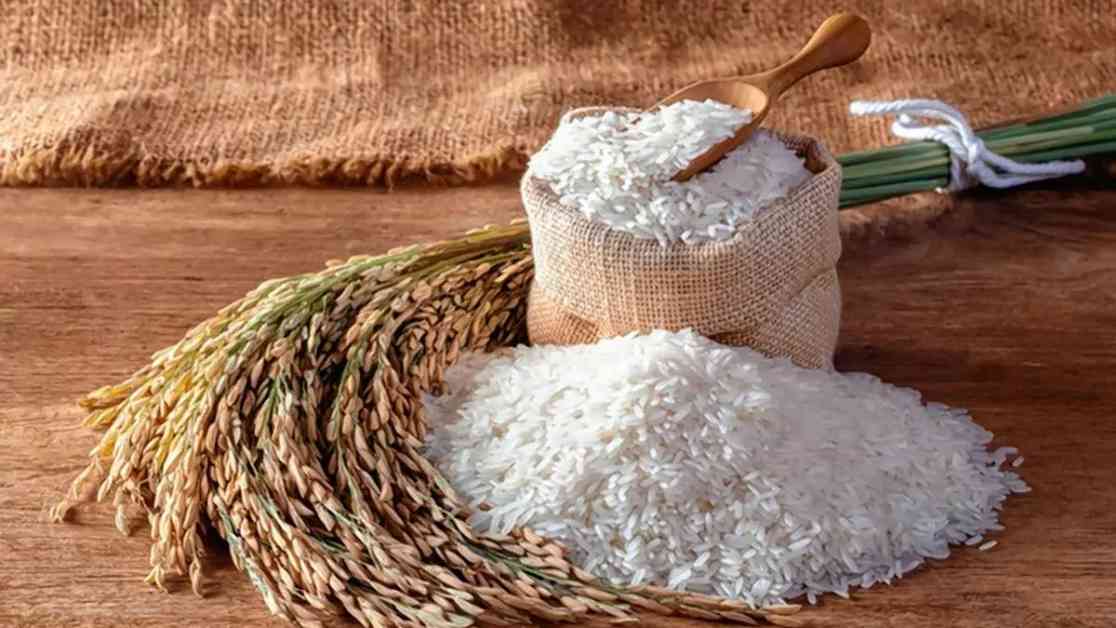India has made a bold move in the realm of agriculture by allowing the import of 100% broken rice after a ban in place since September 2022. The Directorate-General of Foreign Trade recently issued a notification, stating that broken rice exports are now free, a significant shift from their previous prohibited status. This decision comes at a time when India is grappling with overflowing rice storages and industry demands for export opportunities.
Before this ban, African countries like Senegal, China, and Vietnam were major buyers of India’s broken rice. The ban was initially implemented to ensure an adequate domestic supply. However, with the lifting of this restriction, the exporting industry is poised to benefit. Trade sources have been eagerly awaiting this development, anticipating it for nearly a week.
As India re-enters the global broken rice market, it faces stiff competition from countries like Vietnam and Pakistan. Vietnam, for instance, is offering 100% broken white rice at $307 per tonne free-on-board, while Pakistan quotes a slightly higher price of $308. In comparison, Thailand’s price for the same variety stands at $356 per tonne. Given these competitive rates, India may need to adjust its pricing strategy to effectively compete in the market.
The decision to allow 100% broken rice exports from India is expected to impact the global rice market significantly. Traders predict that this move will add further pressure to an already bearish market, where prices are currently at a two-year low. Factors such as increased global production, high ending stocks, and subdued demand from buyers who are well-supplied have contributed to this downward trend in prices. Additionally, the arrival of new crops in Asia is only exacerbating the existing pricing pressure.
Expert Insights on the Impact of India’s Broken Rice Export Decision
In light of India’s recent policy shift on broken rice exports, industry experts emphasize the potential implications for both domestic and international markets. According to agricultural economist Dr. Smith, “India’s decision to allow 100% broken rice imports marks a significant step towards leveraging its surplus production to tap into global demand. However, the country must carefully navigate pricing strategies to effectively compete with established players like Vietnam and Pakistan.”
Furthermore, trade analyst Jane Doe highlights the broader market dynamics at play, stating, “The opening of India’s broken rice exports is likely to intensify competition and lead to further price fluctuations in the global rice market. Buyers will benefit from increased options, while producers will face the challenge of maintaining competitiveness amid shifting market conditions.”
As India embarks on this new phase of broken rice exports, the industry is poised for dynamic changes that could reshape the landscape of the global rice trade. With strategic pricing, market awareness, and agility in responding to evolving market trends, India has the potential to establish itself as a key player in the international rice market.
In conclusion, India’s decision to permit 100% broken rice imports heralds a new chapter in the country’s agricultural trade policies. By embracing this shift and adapting to the competitive global market, India can harness its agricultural strengths to forge stronger trade relations and secure a prominent position in the global rice trade.























